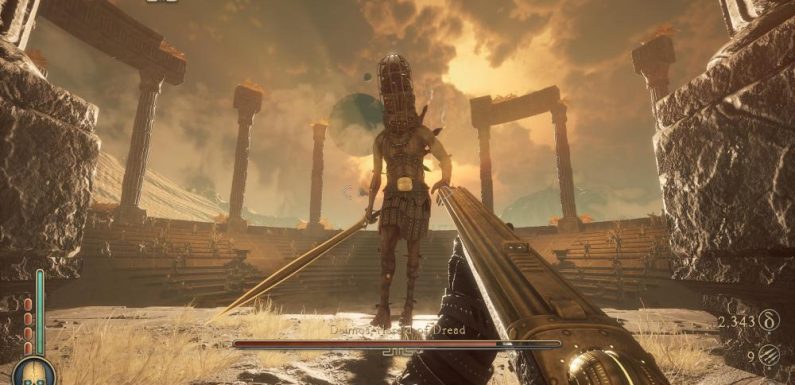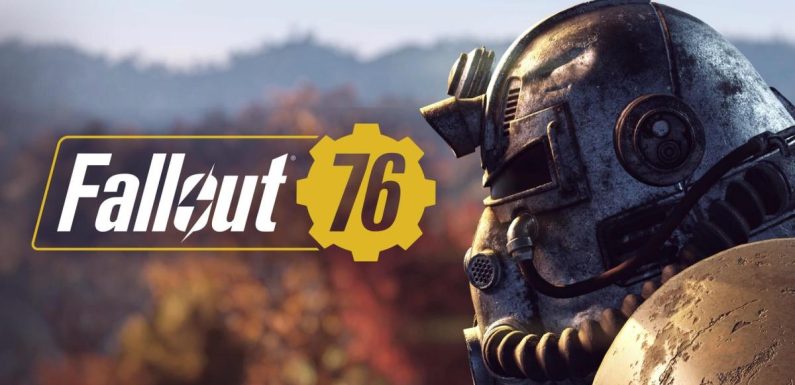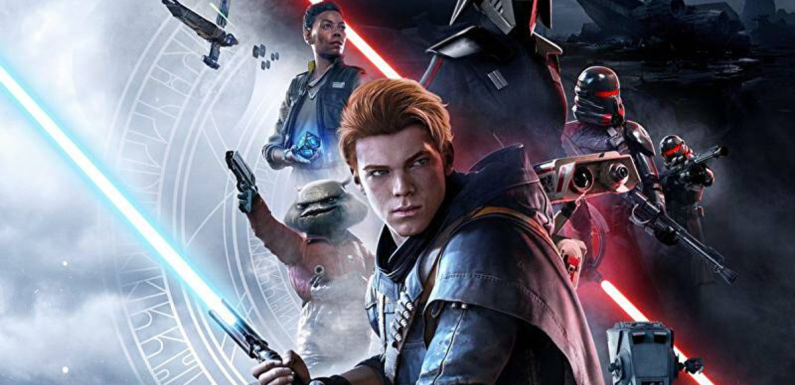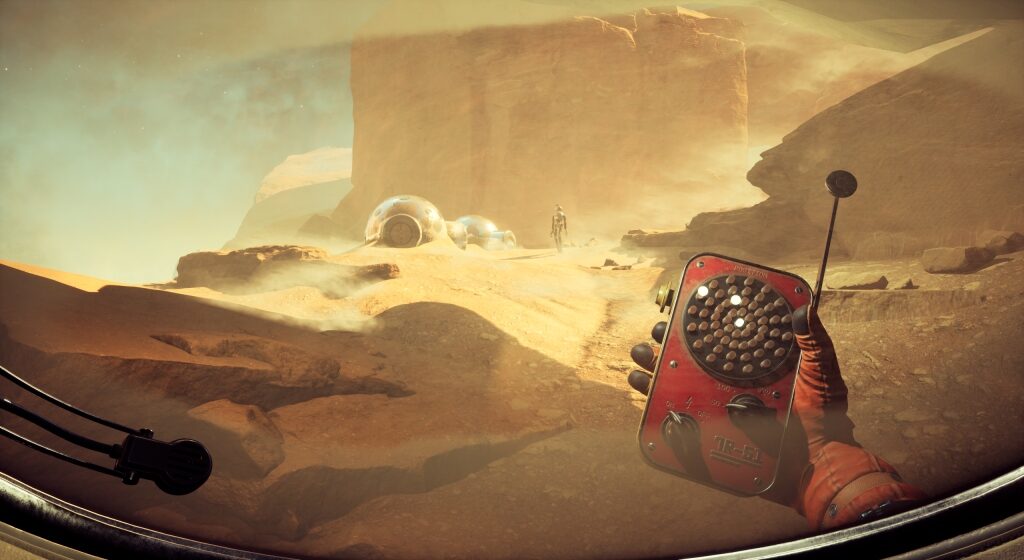
Based on the 1976 hard sci-fi novel of the same name written by Stanislaw Lem, The Invincible is a narrative-driven mystery set on an alien planet. It falls squarely into the ‘walking-sim’ category of game, putting the emphasis firmly on telling a story while you slowly ambulate around the world, soaking in the sights and occasionally flipping a switch or making a decision that may impact the story. In the end, there’s an engaging story being told in The Invincible, but one that’s only for patient players because even by the genre’s standards, it can be a slow game.
Let me be transparent: I know nothing of the original novel. I’ve never read it, and while I did do some research about its themes and impact within the world of science fiction, I’m not going to compare the game to the source material too much. This may be a perfect adaption of Lem’s work, but on the other hand, it could have almost nothing in common except the name. But let’s all appreciate the fact that books are rarely ever adapted into videogames, making The Invincible somewhat special.
The Invincible tells the story of the small crew of the Dragonfly, a research vessel that takes an unplanned jaunt on Regis III, a dust-ball planet whose only claim to fame is that an opposing faction, called the Alliance, is sending their largest ship there. That ship? It’s the titular Invincible. Like the novel it is based on, The Invincible tackles themes of alternative evolution and humanity’s place in space, or more precisely whether we have a place in space. Not everything is for us, after all.
Reviewed on: PS5
Available on: PC, Xbox Series S/X, PS5
Developed by: Starward Industries
Published by: 11 Bit Studios
More specifically, you play as Yasna, an astrobiologist. That career tells you a lot about what to expect: she’s not a soldier, an adventurer or a superhuman. She’s a scientist, and The Invincible’s story is told through that perspective. The novel, in my limited knowledge, is told through the eyes of a different protagonist onboard the Invincible itself. But I think the choice to swap over to an astrobiologist is a smart one because it allows the writers to delve a little deeper into the themes that The Invincible deals in.
Yasna herself is a plucky, likeable lead character trying to deal with a horrible situation. She awakens to on the surface of Regis III with little memory as to how she got there. Her other crew members are scattered around the landscape, but she’s not entirely alone as it doesn’t take her long to find a radio and contact Novik, the ship’s Astrogator. His calm and collected tones help keep Yasna grounded in her journey, and he acts as someone to bounce her philosophical and biological musings off of.
As Yasna explores the planet and locates her missing comrades, she slowly comes to realise that there’s a lot more to Regis III than initially meets the eye. Its dunes and mountains hide metallic pipes that seemingly infect the entirety of its mantle, while Yasna’s crewmates appear to be suffering from some sort of mental malady. And then, of course, there’s Yasna’s own memory loss, a classic storytelling trope that works well here because of how it ties into the narrative.
The most generous term I could use for The Invincible’s pacing is slow-burn, but truthfully it’s more like a glacial trudge. It takes an hour or two for the game to really get going and start throwing out its best narrative hooks, and during those hours there’s an awful of brown dust to look at and plodding about. Considering the whole story takes around 7 or 8hours, that’s a lot of time where it struggles to create a compelling mystery. The arid landscape dotted with metallic structures and strange objects is fine but we’ve seen it all before in other sci-fi.
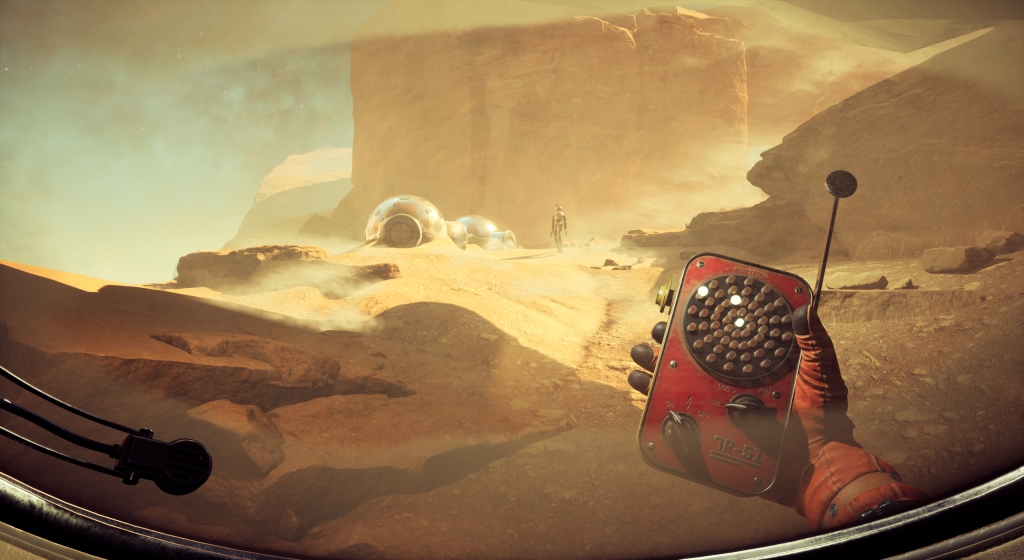
It really doesn’t help that Yasna is a slow and plodding character to play as. The developers wanted to immerse players into Yasna’s by having everything play out in first-person with detailed interactions, almost akin to what Red Dead Redemption 2 did. You can feel the cloying weight of her spacesuit in every step she takes and her tiredness as she hauls herself up ledges. Throughout the story she takes a beating, gradually being worn down by the harsh planet, constant stress and numerous near-death experiences. For the first while, this very deliberate movement style does work to make Yasna more relatable and keep you immersed in the world.
But man, in a game that’s already slow Yasna’s sedentary walking speed, short sprint distance and labored climbing becomes a chore. The opening moments are a prime example as Yasna opens her satchel, requiring you to tap the same button multiple times while she slowly goes through everything. The further and further I got into the game, the more and more annoyed I started to become at just how lethargic Yasna was. It’s one of those moments where I find myself wishing they had gamified the experience a little more, even at the cost of immersion.
It’s not doing much on the gameplay front, either. The walking sim genre typically features minimal gameplay anyway, but I was hoping The Invincible might at least try a few new things. Alas, there are no puzzles to solve or involved scenarios to play through – you plod about and interact with the occasional object, while feeling slightly puzzled that you can’t interact with everything else. Only certain spots can be climbed, too, while ankle-height rocks block Yasna’s progress entirely. Because the game focuses on immersing you into Yasna’s plight so much, these very gamey moments stand out more.
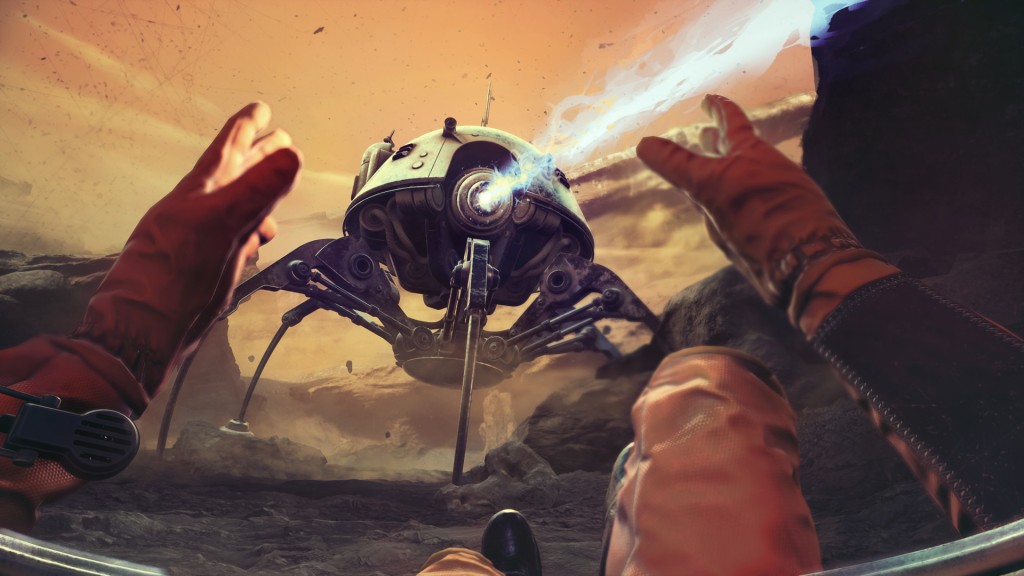
A few lengthy sequences also take away what little control you have, leaving you to watch events unfold rather than partake in them yourself. In this way, The Invincible mirrors the book it’s based upon by having you as the spectator rather than the protagonist.
But the writing is sharp enough and the mystery compelling enough to keep you playing, I reckon. As a sci-fi nerd I’ve seen almost everything the story had to throw at me, which is unsurprising given the age of the book, but it was executed skillfully enough that I didn’t mind.
I found myself disappointed with how everything ended, too. Depending on some of the choices you make there are a few different endings to experience, but none of them are very satisfying nor offer any real resolution in the way I’d like. Perhaps that’s an attempt to leave the door open for some sort of sequel, but that doesn’t eliminate the need for this story to feel like it came to a strong conclusion. Instead, when the credits rolled I had a lot of, “yeah, but what about…?” thoughts swirling around in the old hollow skull.
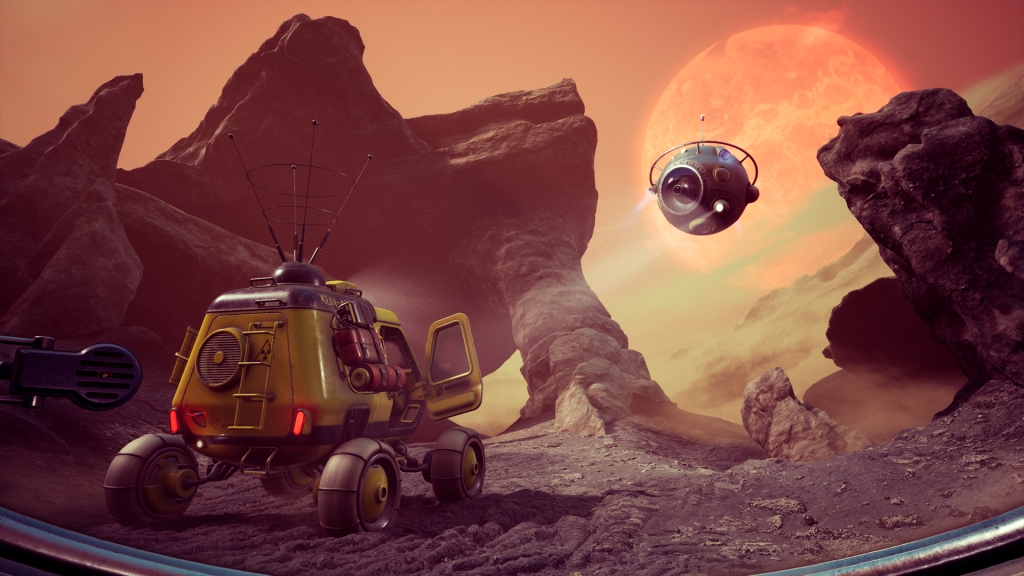
The Invincible’s retrofuturistic visuals are a beautiful way of bringing the book to life, capturing the vibe of the 50’s and 60’s where people thought the future would be full of sleek flying cars and shiny robots. Starward have crafted advanced technology that runs using big levers and chunky knobs, and where futuristic flying probes spit out photographs to look through. Obviously there’s a fairly hefty chunk of disbelief that needs to be suspended (The Invincible’s humanity can create force shields and cross galaxies, but still need to hand-draw maps) but once you do it looks gorgeous.
Perhaps best described as Firewatch in Space, The Invincible is a narrative game that weaves a compelling mystery, but not compelling gameplay. The slow-burn story takes a little while to get going and the ending leaves something to be desired, but everything in the middle tells a thoughtful, traditional sci-fi story of people, evolution and what mysteries we might find in the universe should we ever be able to travel through the void of space. I’d recommend this one only to the more die-hard walking sim and sci-fi fans who have the patience needed to fully enjoy The Invincible’s narrative.


